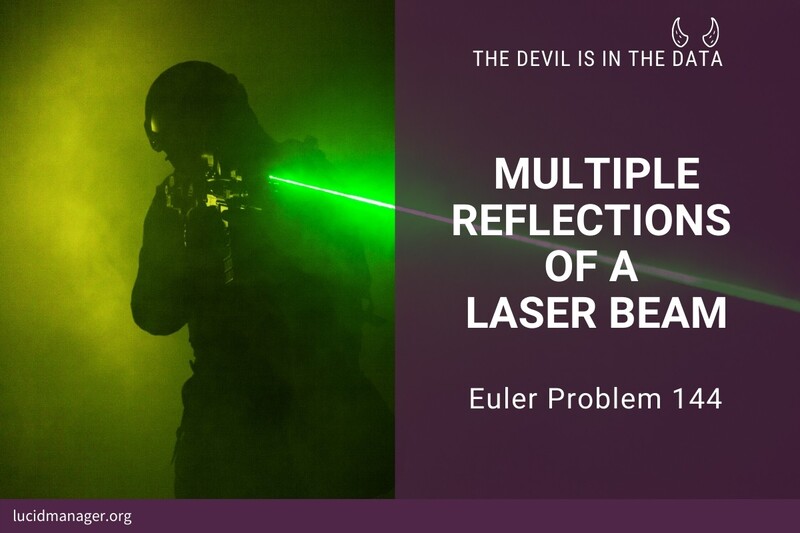
Project Euler 15: Lattice Paths

Peter Prevos |
403 words | 2 minutes
Share this content
Project Euler 15 analyses taxicab geometry. This system replaces the usual distance function with the sum of the absolute differences of their Cartesian coordinates. In other words, the distance a taxi would travel in a grid plan instead of the shortest distance between two points. In chess, the distance between squares on the chessboard for rooks is measured in taxicab distance.
The fifteenth Euler problem asks to determine the number of possible routes a taxi can take in a city. This problem is logically similar to Euler Problem 18 and 67.
Project Euler 15 Definition
Starting in the top left corner of a 2 by 2 grid, and only being able to move to the right and down, there are exactly 6 routes to the bottom right corner.

How many such routes are there through a 20×20 grid?
proposed Solutions
The matrix to solve the problem is one larger than the number of squares in the challenge. Along the edges of the matrix, only one pathway is possible: straight to the right or down. We can calculate the number of possible paths for the other squares by adding the number to the right and below the point under consideration. The code loops through the matrix backwards, adding the number of paths step by step.
$$p_{i,j}=p_{i,j-1}+p_{{i+1},j}$$
For the two by two lattice the solution space is:
6 3 1
3 2 1
1 1 .The total number of pathways from the upper left corner to the lower right corner is thus 6. This logic can now be applied to a grid of any arbitrary size using the following code. The code defines the lattice and initiates the boundary conditions. The bottom row and the right column are filled with 1 as there is only one solution from these points. The code then calculates the pathways by working backwards through the matrix. The final solution is the number is the first cell.
## Project Euler 15: Lattice Paths
# Define lattice
nLattice <- 2
lattice = matrix(ncol = nLattice + 1, nrow = nLattice + 1)
# Boundary conditions
lattice[nLattice + 1, -(nLattice + 1)] <- 1
lattice[-(nLattice + 1), nLattice + 1] <- 1
# Calculate Pathways
for (i in nLattice:1) {
for (j in nLattice:1) {
lattice[i,j] <- lattice[i+1, j] + lattice[i, j+1]
}
}
answer <- lattice[1,1]
print(answer)Share this content


